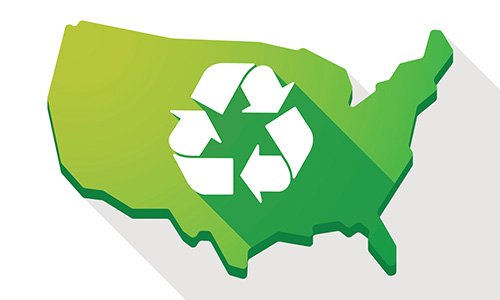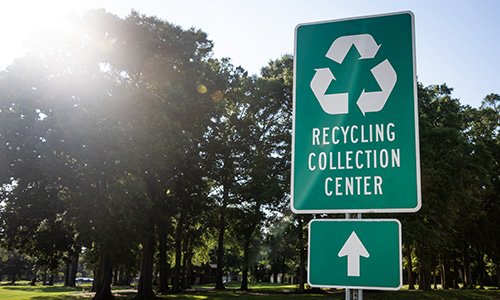Transforming U.S. Recycling and Waste Management
Grant Funding Opportunities

Recycling Resources

Grant Selectees and Recipients
It takes all of us to build a healthy and vibrant circular economy that keeps valuable resources in use. Recycling grant funding is helping transform waste management systems across America at the local, state, and Tribal levels. Learn more on our Recycling Grants Selectees and Recipients webpage.
Click on points on the map below to access details about grant-funded projects near you; use the plus and minus arrows to zoom in and out. To access information about the map itself, including a map legend, click the double arrows in the top left corner.

